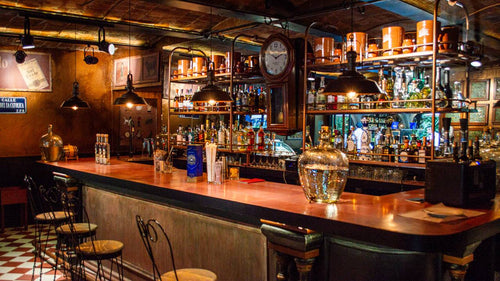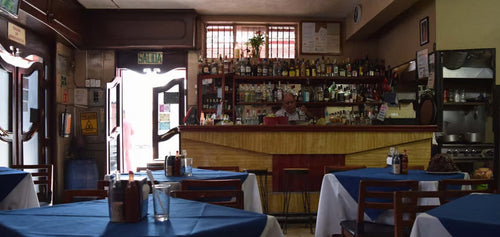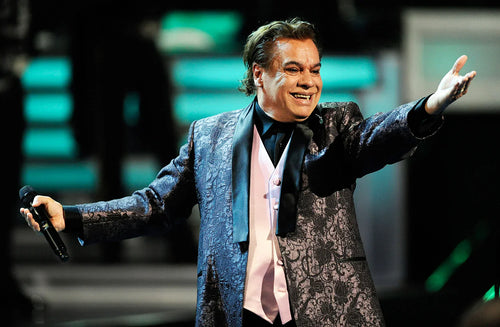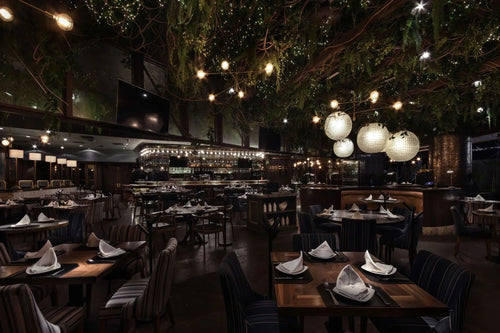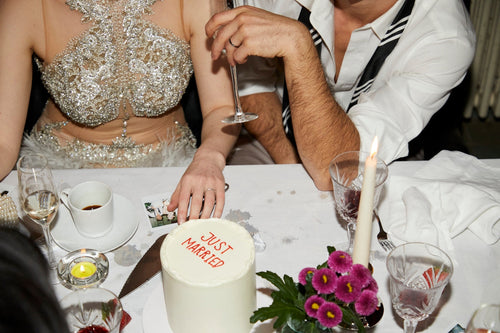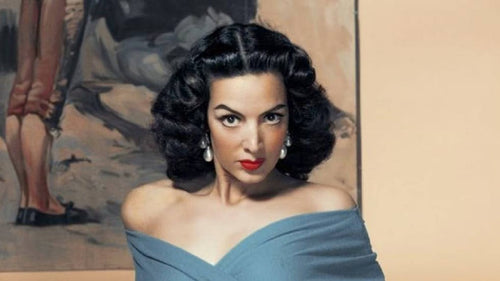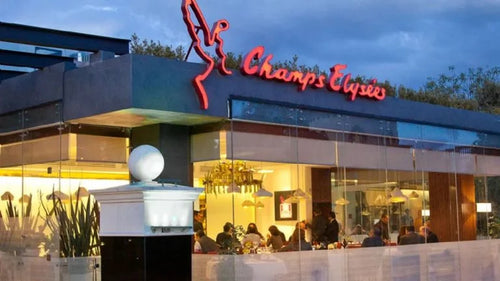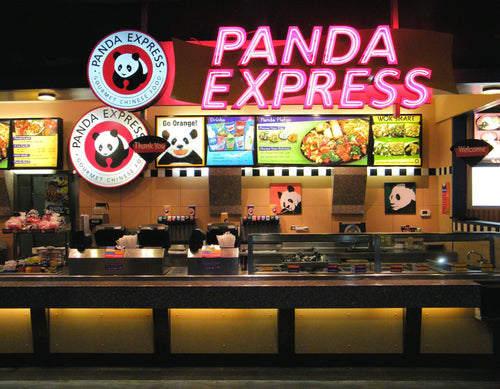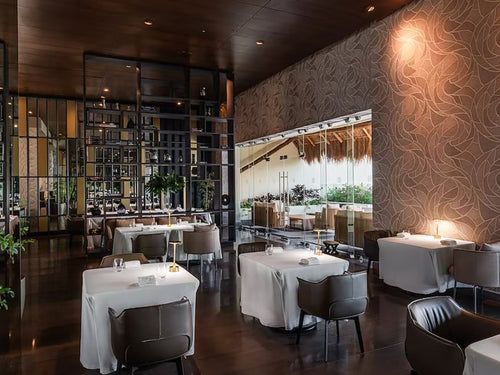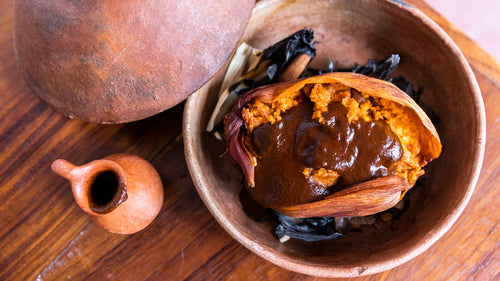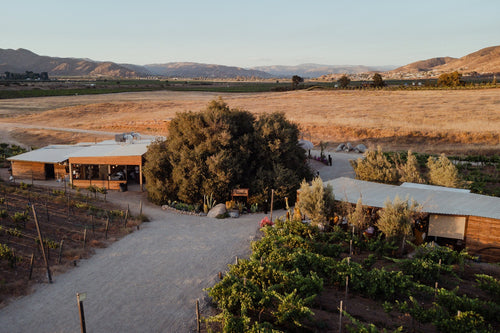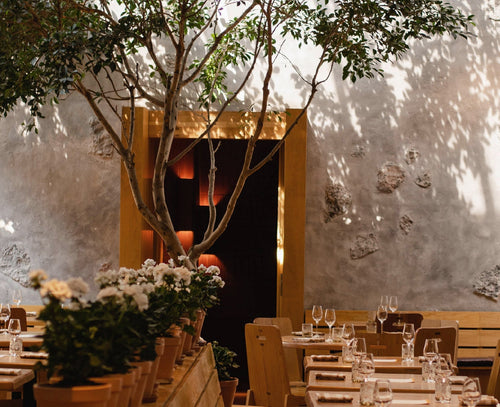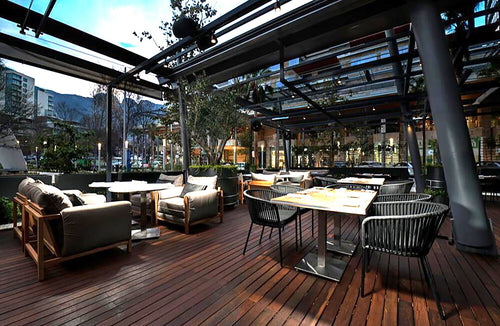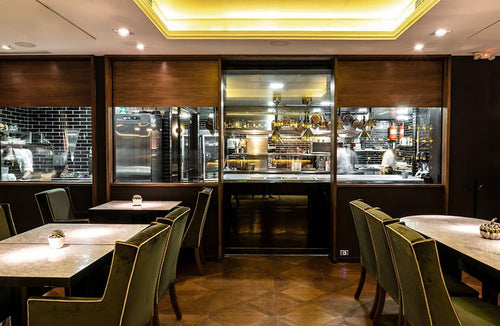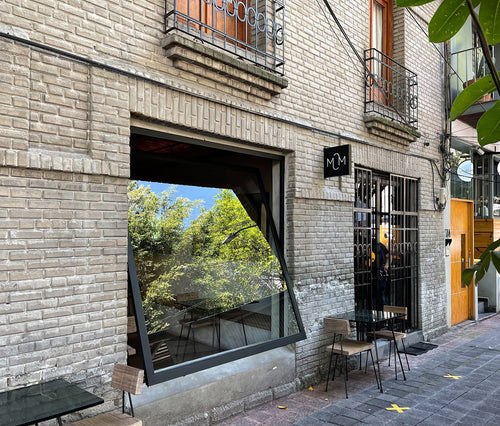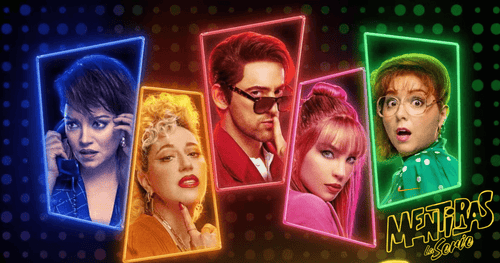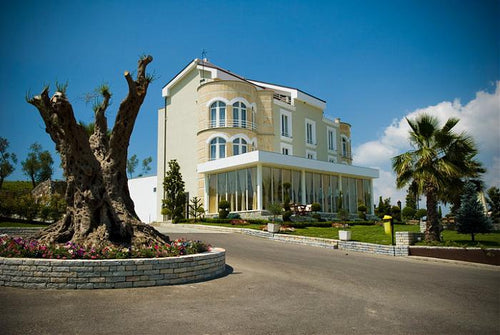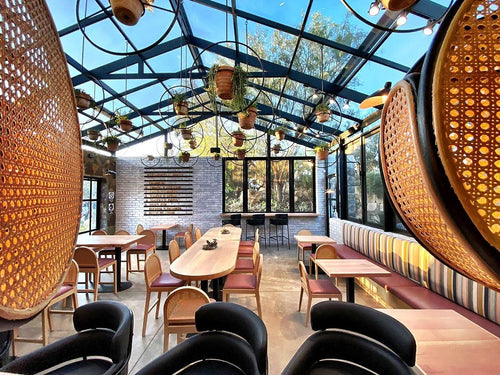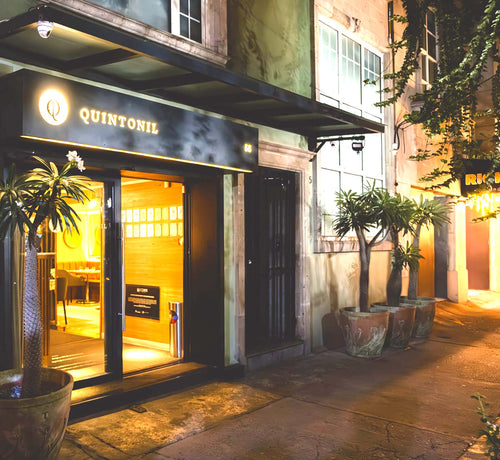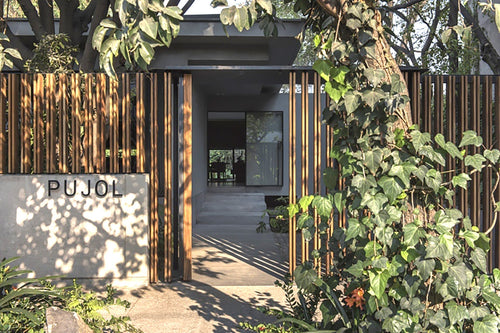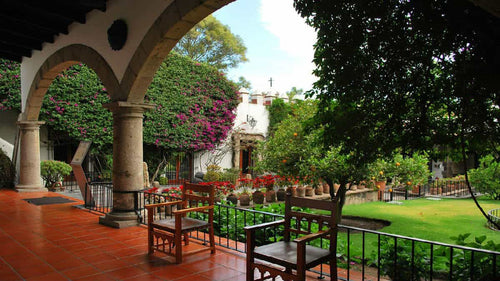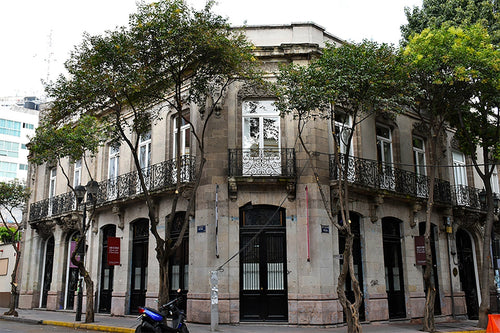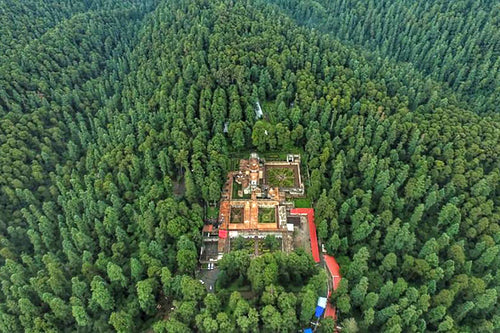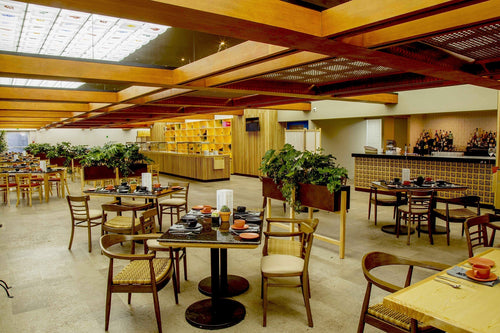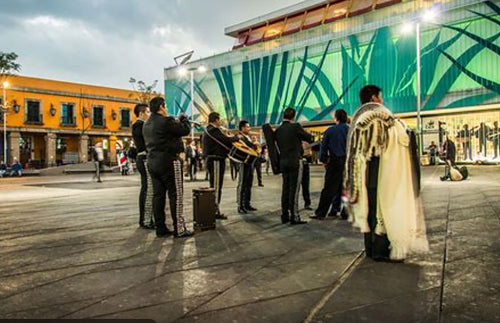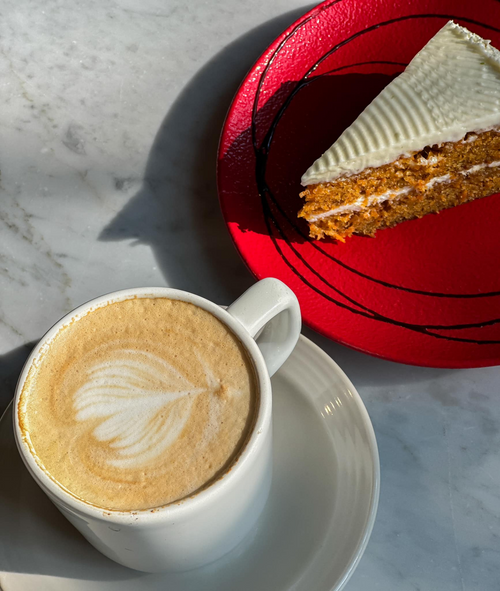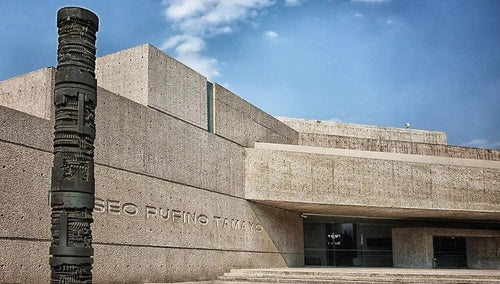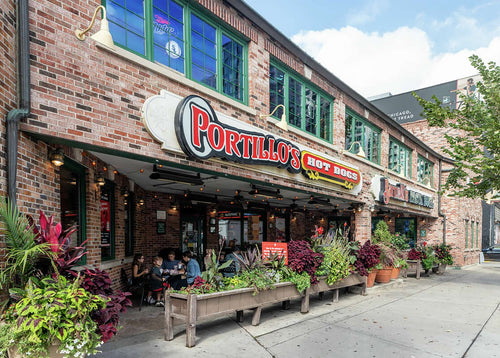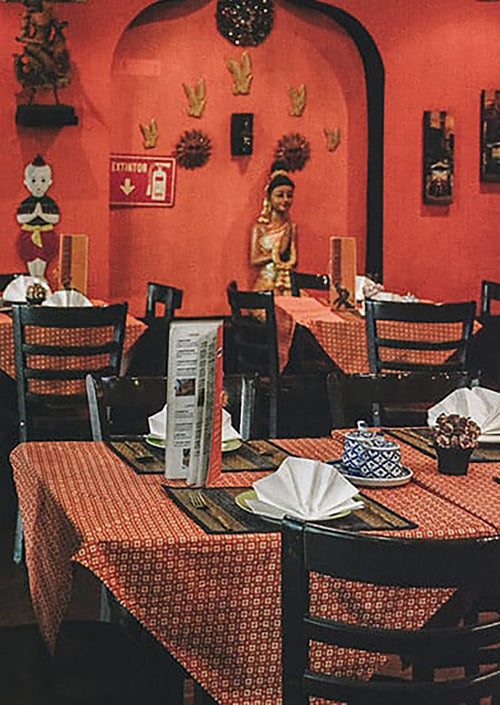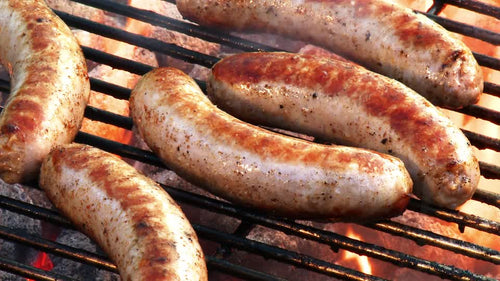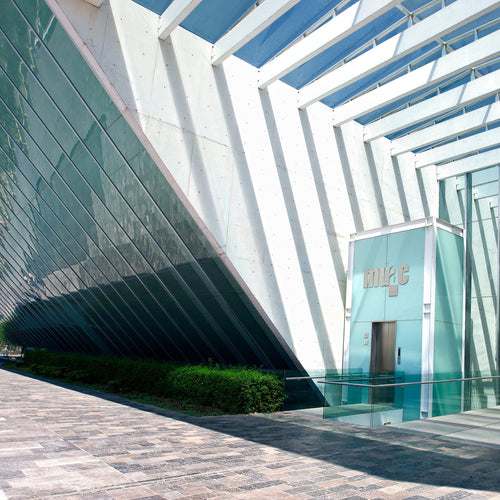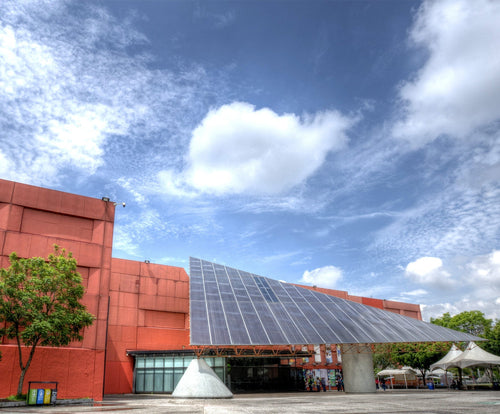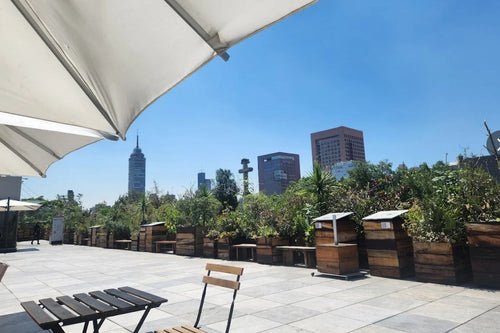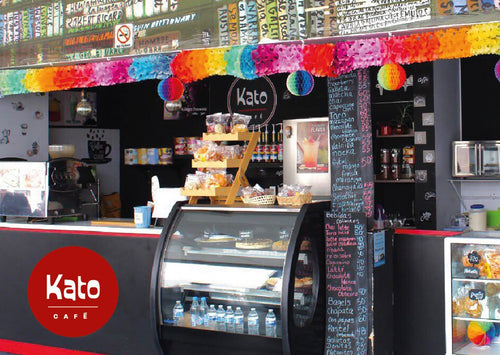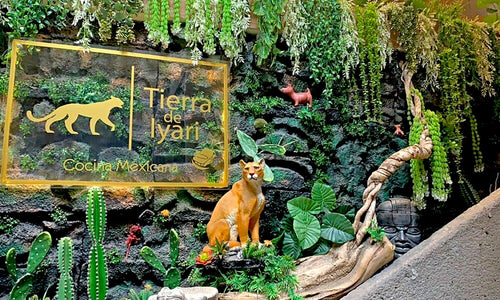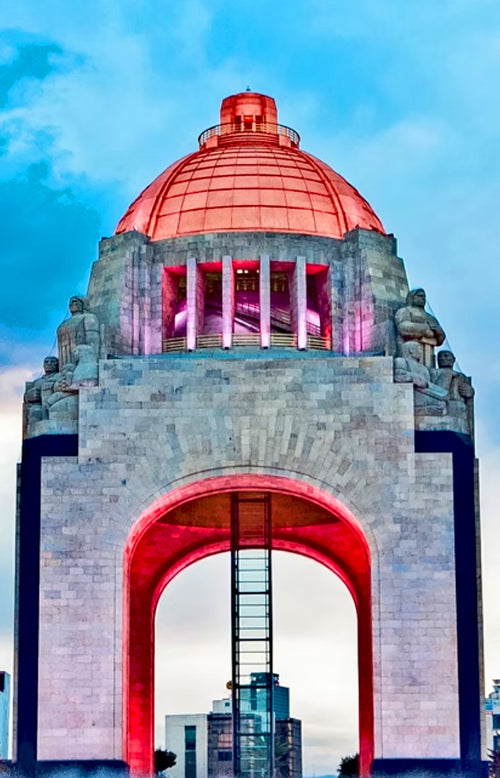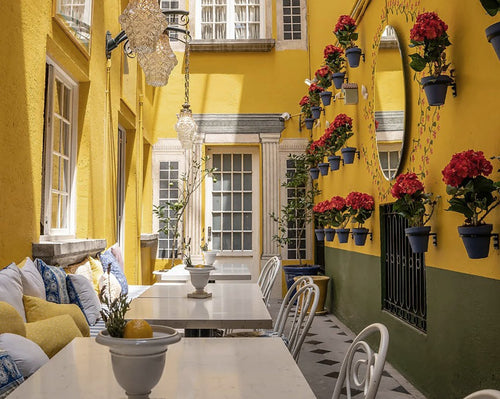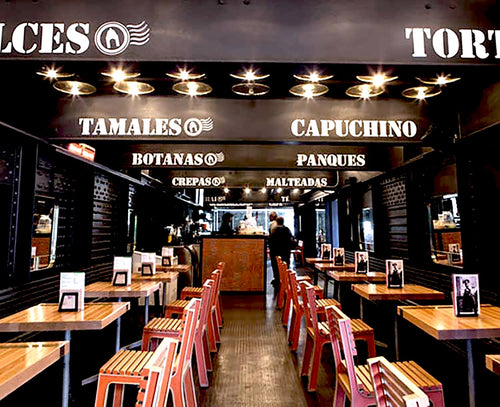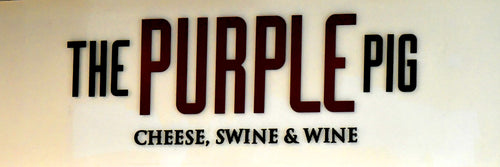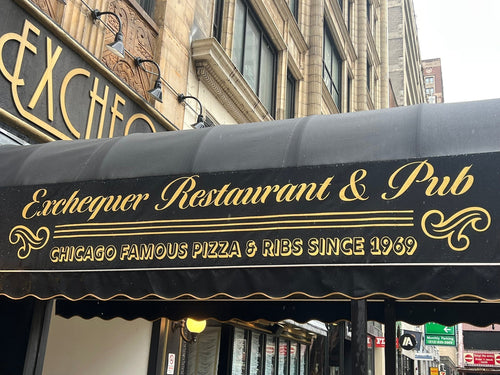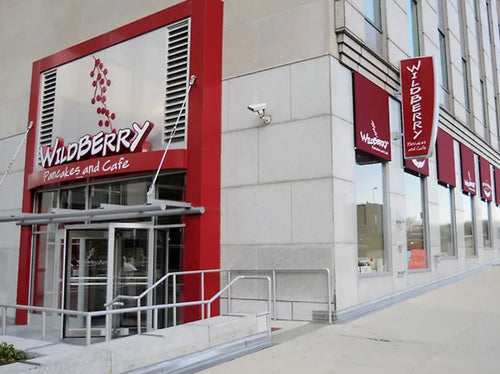Bygone places / Zoco's bar in Cuautitlán Izcalli
Before it was Zoco’s, facing a Gigante that later became Soriana. Now, it’s a chain gym facing nothingness.
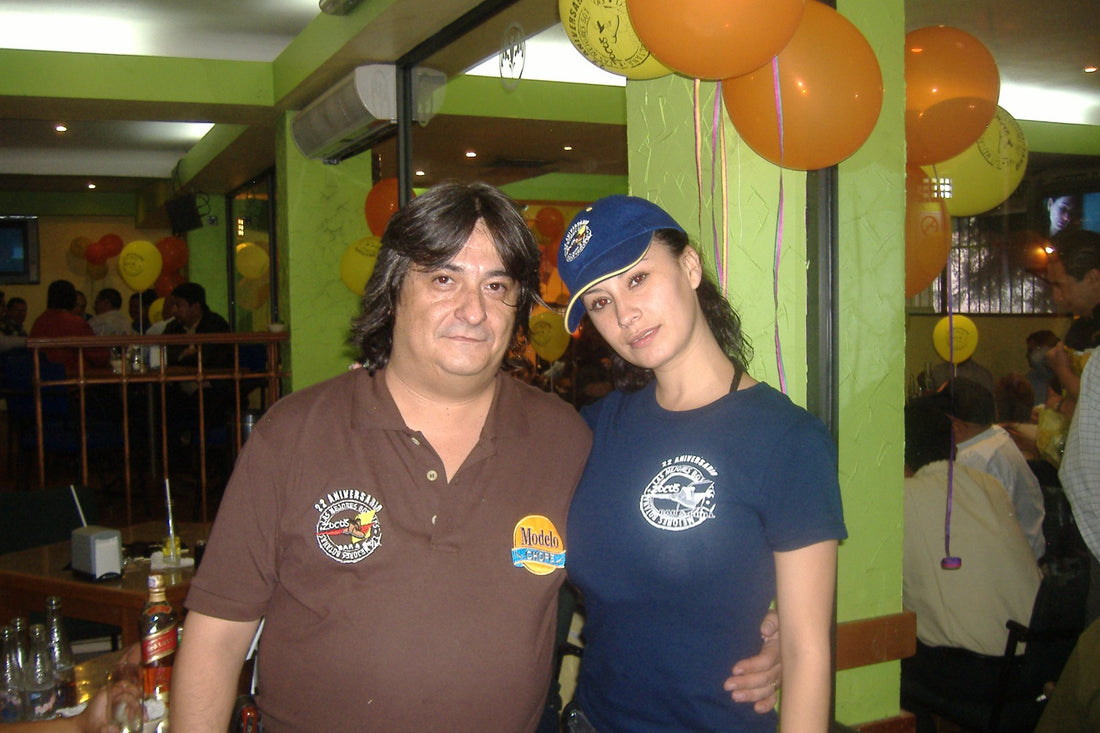
By Jajo Crespo / Photos courtesy of Pepe from Zoco's
With much affection for Pepe
Zoco’s was a traditional cantina, one of those where diners begin to greet each other because they see each other daily. And, of course, they also greeted Pepe, the last manager the place had.

It's complicated to say that a cantina was a bastion in the history of a place, especially if, like Zoco’s, it didn't reach 25 years. But, it's worth noting that Cuautitlán Izcalli is a young municipality, founded in 1973, and when it was just 15 years old in 1988, Zoco’s started welcoming regulars. This made it one of the favorite meeting points for the people of Izcalli. If tradition brought them there, the snacks made them stay. Fridays became legendary with chamorro, Thursdays with mole, Wednesdays with tongue, and the huge "elephant ear" milanesa tortas.

The year 2000 arrived with new hopes: a new century began, computers hadn't ended the world yet, and Mexico finally experienced presidential alternation. Pepe arrived at Zoco’s just in 2000, learning to use a Windows '95 computer and, by the mid-2000s, organizing the twin project—perhaps Siamese, because they were joined—of Zoco’s Bar: a nightclub called DJavú. DJavú represented renewal, the effort of the place to stay relevant with the new generations, unfamiliar with the mechanics of cantinas. And it was successful, very successful, as it was one of the first nightlife spots in Cuautitlán Izcalli. Thus, Zoco’s and its patrons enjoyed prosperity.
What happened to Zoco’s Bar?
In the early hours of November 11, 2009—amid the war against drug trafficking—a group of armed civilians forcefully entered DJavú, Zocó's twin brother. They intimidated and robbed customers, firing shots into the ceiling. There were no serious injuries except for DJavú itself, which died that night, and Zoco’s, which received a blow that would bleed for years.

"After the attack by [...] nightlife was over. We lasted... I don't remember if four or five more years, but we couldn't recover: fewer people came." Pepe's memory is optimistic; in reality, Zoco’s lasted three years after the attack. During that time, desperate to see the "good times" slip away, Zoco’s underwent four renovations. The twin became Zoco’s Mambo Bar, then Rubik 80’s; later, they demolished the division to open the huge Zoco’s Norteño Banda. But, like the uroboros, they returned to the beginning, and it was Zoco’s Bar that saw the final closure, though with the addition of a small karaoke setup and concerts like La Sonora Santanera de Pepe Bustos or the Teen Tops.

Gradually, the nightlife of Cuautitlán Izcalli, which was just beginning, faded away. There was a cataclysm of clubs, discos, and bars. A funereal symphony of curtains closing forever, an exodus. "People were afraid, and so was I," Pepe recalls. The nightlife of Cuautitlán Izcalli also suffered a blow from which it seems to be just beginning to recover. That's why the story of Zoco’s will always be intertwined with that of Cuautitlán Izcalli, as the sound of its doors closing was a silence of almost ten years in the score of nightlife in Cuautitlán Izcalli.

In the end, after the bruises, scares, and tears, what remains are memories. The regulars who became family at Zoco’s, domino games with Don Pepe, the attentions of Toby, the mega tortas prepared by Mrs. Martha and El Válvula, the drinks served by Escalera, greetings from Bucles or David at the cash register, farewells offered by Nachito in the parking lot, and the joy of having danced to songs by La Sonora Santanera with Pepe Bustos singing live. And, of course, the certainty that Zoco’s was a chapter in the history of Cuautitlán Izcalli.


